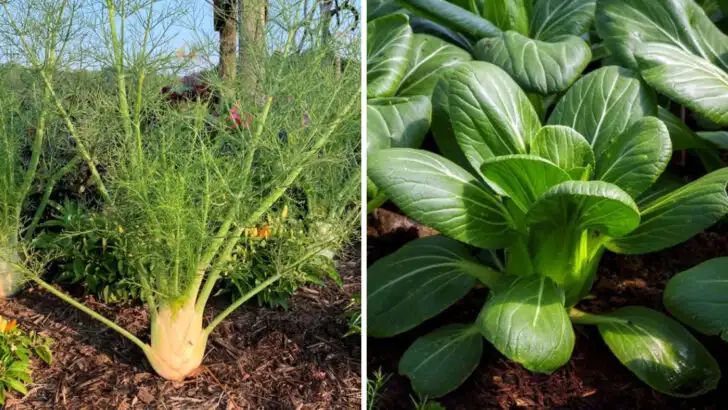Tomatoes might seem easygoing, but they’re surprisingly picky about their neighbors. Plant the wrong companion nearby, and your tomatoes can end up stunted, pest-prone, or just generally underwhelming. It’s not always obvious which plants cause the trouble—some interfere underground, while others invite pests that tomatoes are better off avoiding.
If your tomato harvest hasn’t been living up to expectations, the problem could be who they’re sharing space with. A few strategic swaps in your planting layout can make a big difference. Knowing what to avoid is just as important as knowing what to plant—and your tomatoes will be better off for it.
Potatoes
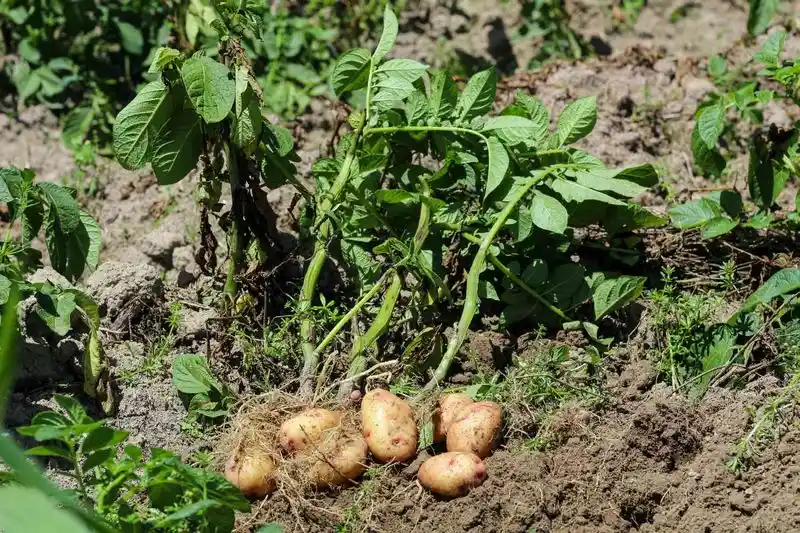
Potatoes and tomatoes may seem like natural partners in a garden due to their similar growing conditions, but this pairing can lead to disaster. Both being members of the nightshade family, they share vulnerabilities to certain diseases, particularly blight. Planting them together can exacerbate these issues, leading to a spread that’s hard to control. Additionally, they compete fiercely for soil nutrients, which can stunt growth. Keep them separate to maintain a healthy garden. By distancing them, you’ll reduce the risk of disease and ensure both crops have access to the nutrients they need to thrive.
Mint
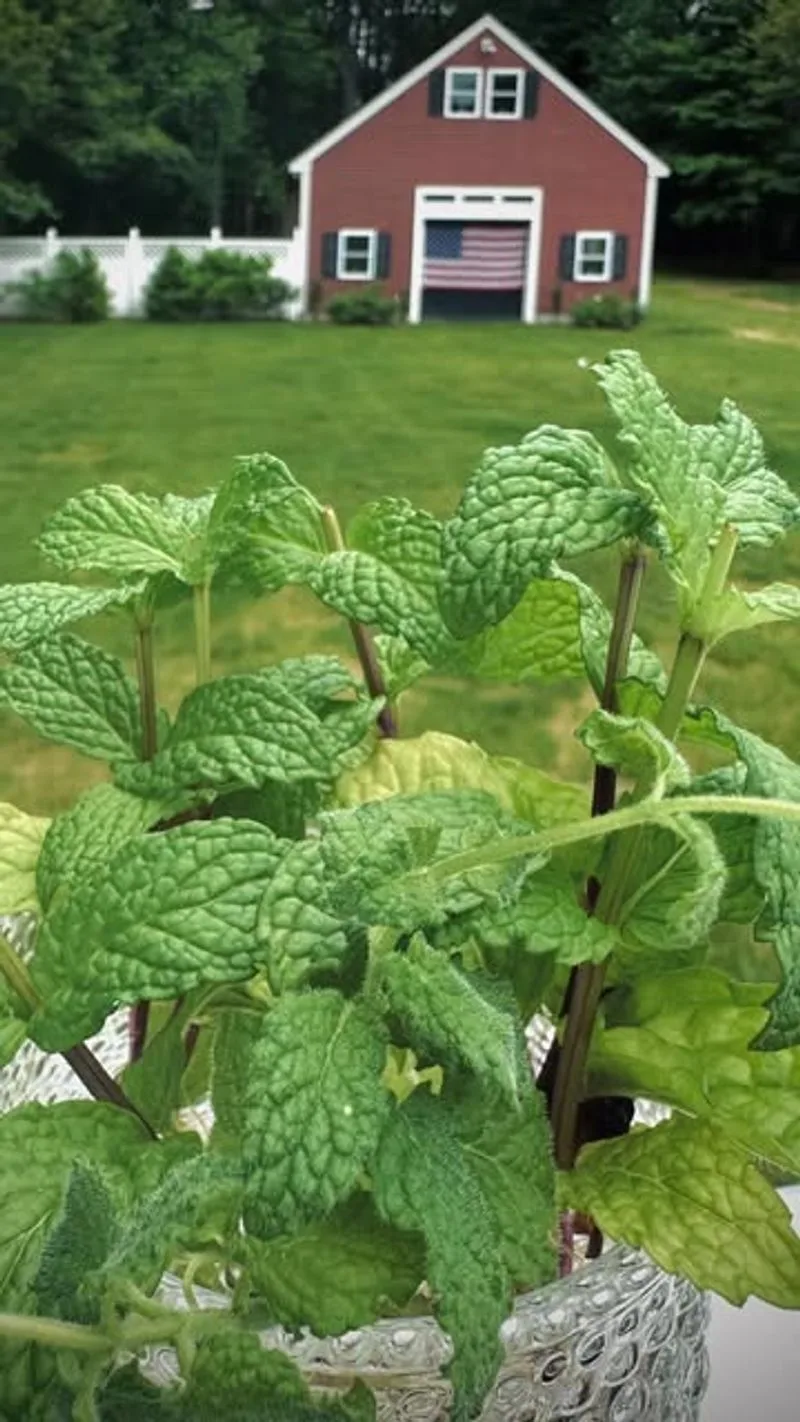
Mint is notorious for its invasive nature, spreading rapidly and taking over garden spaces. Its aggressive growth can choke out neighboring plants, especially tomatoes, which thrive in a balanced environment.
Imagine trying to focus with constant interruptions – that’s how tomatoes feel around mint. Mint’s expansive root system competes for nutrients and water, leaving tomatoes struggling to survive.
Instead of sharing the soil, mint tends to dominate it, leading to nutrient depletion. Keep mint in a separate container or area to protect your tomato plants. A savvy gardener knows the power of separation!
Asparagus
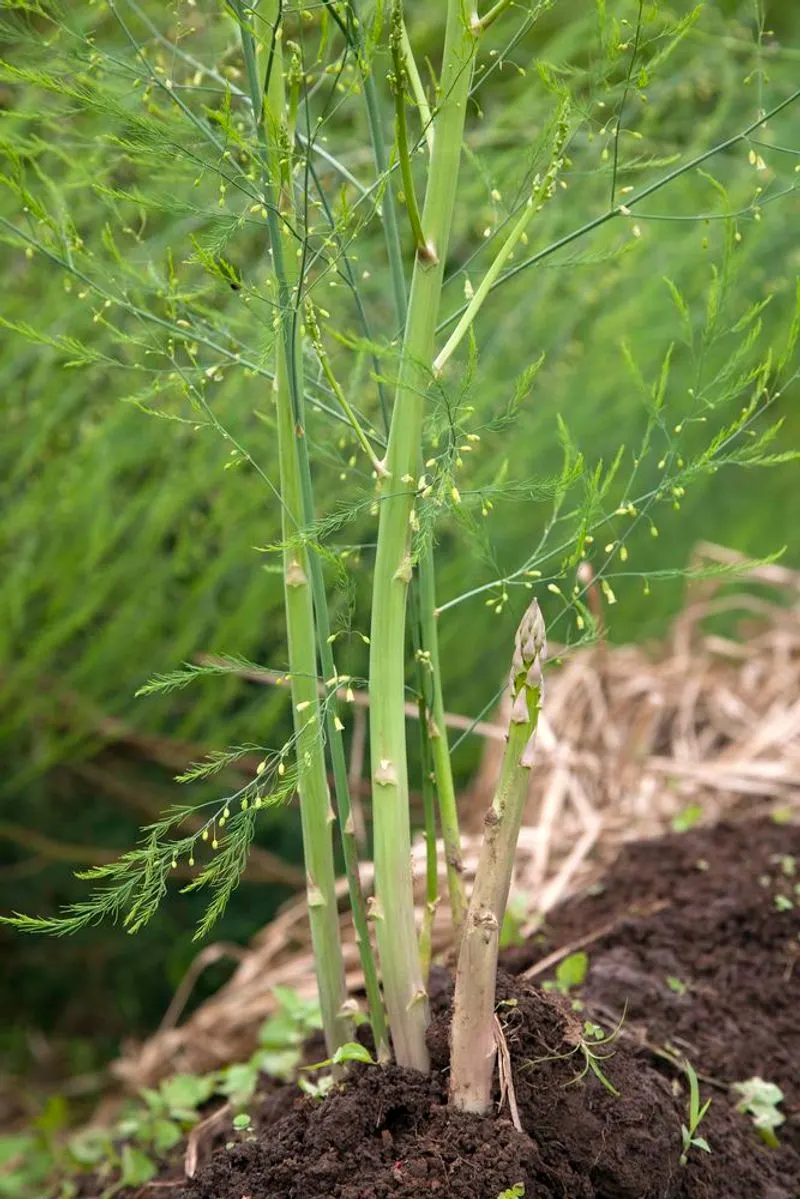
Asparagus might seem like an unlikely threat, but its deep root system can outcompete tomatoes for essential nutrients. Both plants require substantial phosphorus and potassium, making them incompatible roommates.
Picture a crowded subway – resources are limited, and not everyone gets what they need. Asparagus roots delve deep, leaving tomatoes starved for nutrients.
Moreover, asparagus beds are perennial, meaning they stay in place for years. This long-term growth doesn’t suit the seasonal life of tomatoes. Keep these two apart for a happier, healthier garden.
Rosemary
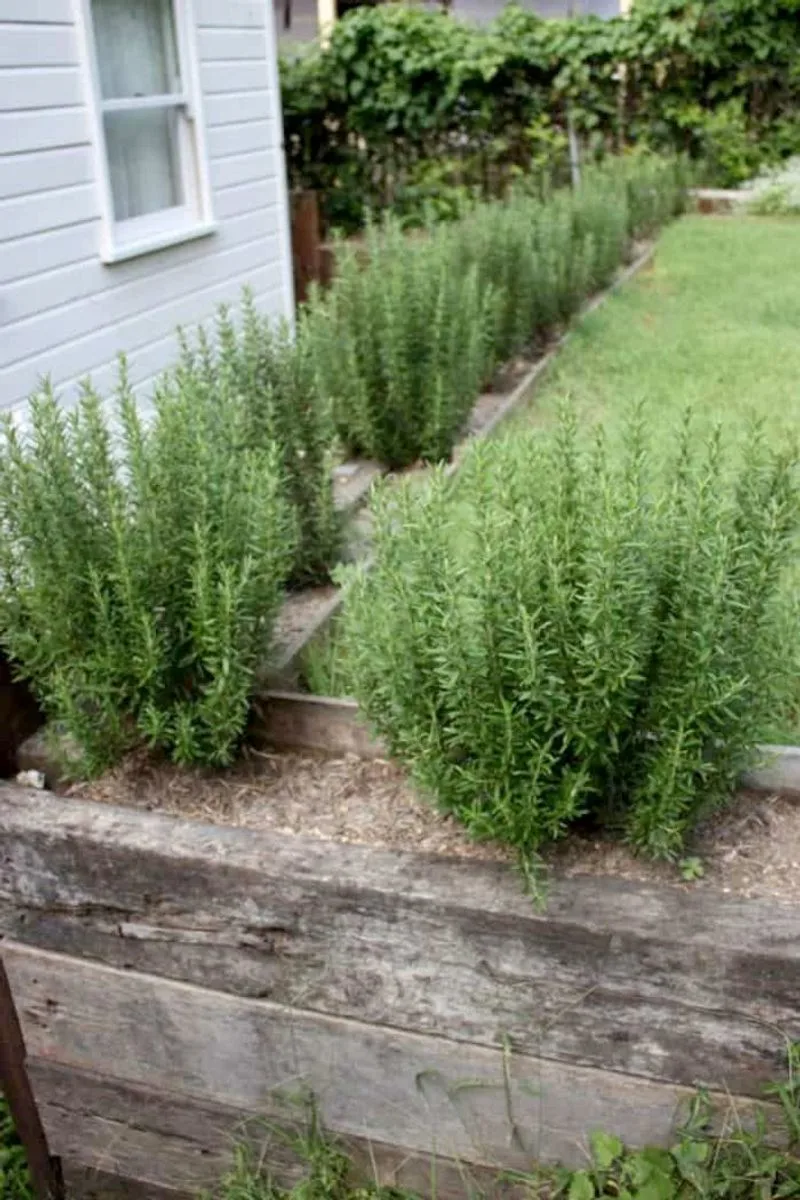
Rosemary’s woody stems and aromatic leaves make it a beloved herb, but it doesn’t play well with tomatoes. Its preference for dry soil contrasts with tomatoes’ love for moisture.
Think of a friendship where one’s needs are entirely different from the other’s. Rosemary’s thirst for dry conditions can deprive tomatoes of the hydration they crave.
Additionally, rosemary emits certain compounds that may inhibit tomato growth. For a harmonious garden, it’s best to plant rosemary in its own section, where it can thrive without hindering tomato success.
Fennel
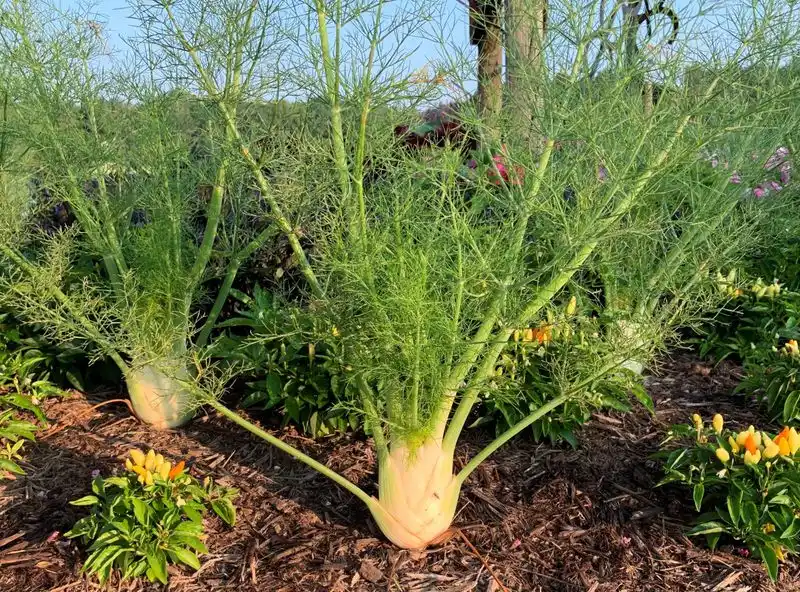
Fennel is notorious for inhibiting the growth of many plants, including tomatoes. It releases chemicals into the soil that can stunt the development of tomato plants, making it a poor companion choice. This allelopathic effect is particularly strong, leading to reduced vitality and fruit production. For those looking to maximize their tomato yield, keeping fennel far away is crucial. Consider planting fennel in a separate area of the garden where it can’t interfere with others. This separation ensures that your tomatoes can grow strong without any unwanted chemical interference.
Cabbage
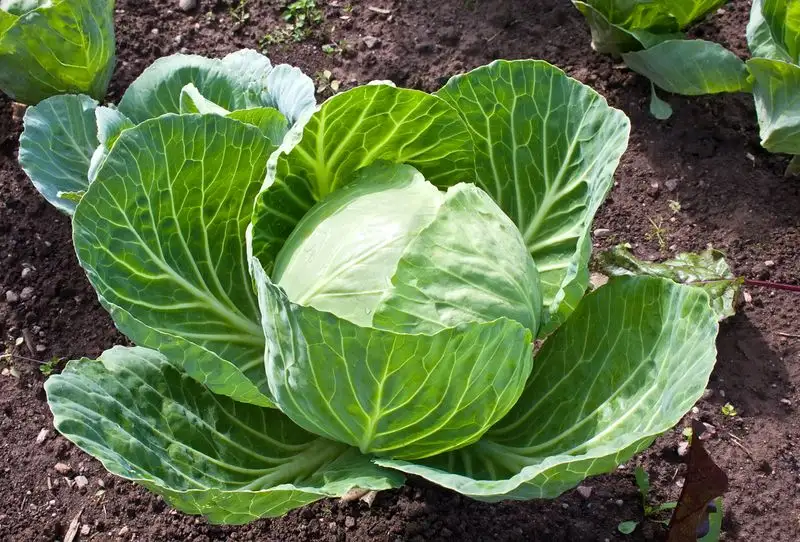
Cabbage and tomatoes might seem like they would get along well, but they actually compete for similar nutrients in the soil. This competition can lead to stunted growth for both plants, as they vie for essential resources. Moreover, cabbage can attract pests that are harmful to tomatoes, increasing the risk of infestation. For a more harmonious garden, plant cabbage away from tomato beds. This separation helps ensure that both plants have access to the nutrients they require, and reduces the chance of pest-related issues, leading to a more productive growing season.
Dill
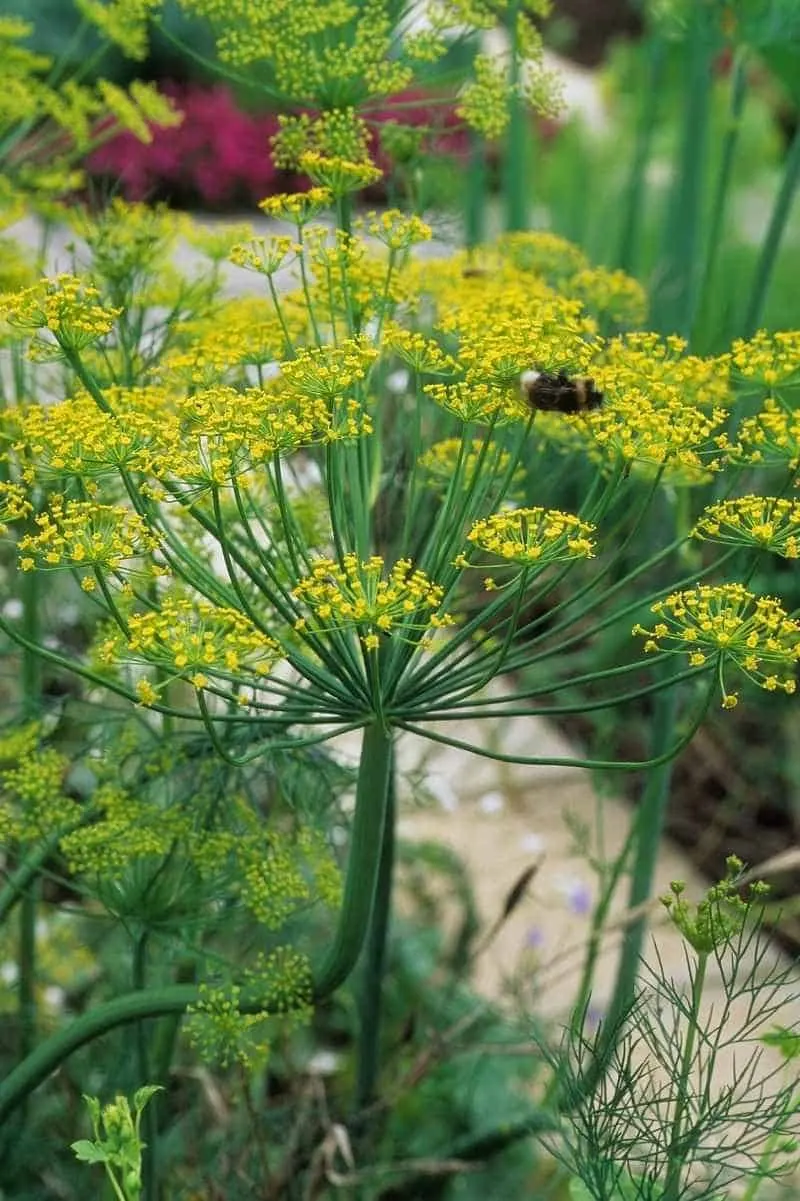
While dill is often used in culinary dishes, it doesn’t make a good garden companion for tomatoes. Young dill can actually support tomato growth, but once mature, it can inhibit their development. Mature dill tends to attract pests such as tomato hornworms, which can devastate your crop. Moreover, dill’s vigorous growth can overshadow young tomato plants, stunting their progress. To benefit both herbs and tomatoes, consider planting dill in a separate area. This ensures your tomatoes reach their full potential, free from pest interference and competition. It’s best to keep them apart for a flourishing garden.
Corn
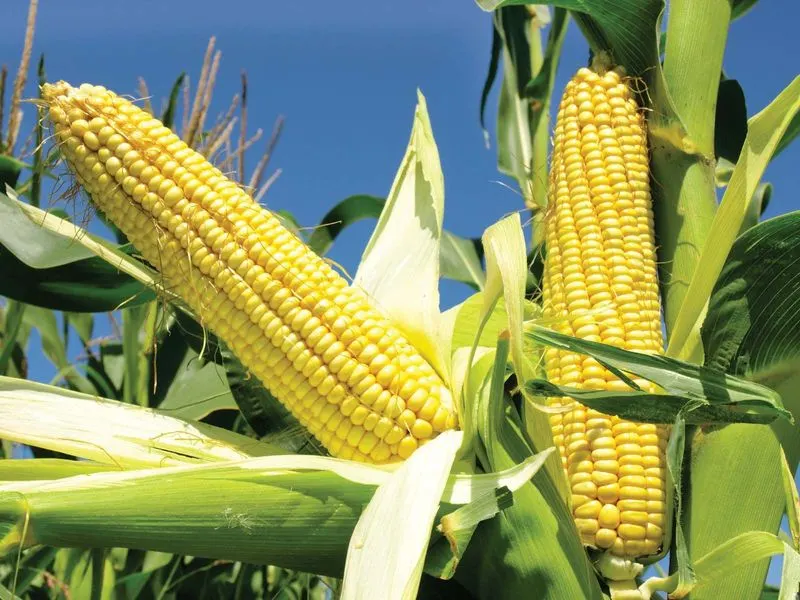
Corn and tomatoes together might sound like a garden dream, but they can actually create a nightmare. Both plants attract similar pests, including the dreaded corn earworm and tomato fruitworm. When planted together, they create a buffet for these pests, leading to increased infestations. Corn also competes for sunlight and space, which can overshadow and stunt your tomatoes. For a healthier garden, give these plants plenty of distance. By doing so, you reduce the risk of pest infestations and ensure each plant has the space it needs to grow robustly and produce plentifully.
Walnuts
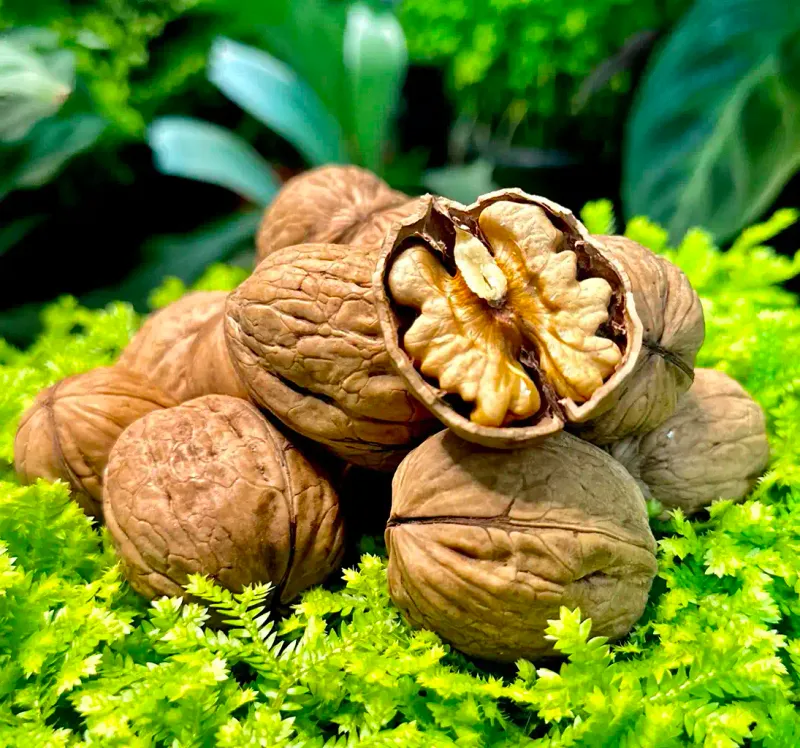
Walnut trees produce a chemical called juglone, which is toxic to many plants, including tomatoes. This substance can leach into the soil and inhibit the growth of your tomato plants, causing wilting and yellowing of leaves. The shade from walnut trees can also deprive tomatoes of the sunlight they need to flourish. To protect your garden, avoid planting tomatoes near walnut trees or any areas where the roots might spread. By keeping these plants apart, you ensure that your tomatoes receive ample sunlight and remain free from the harmful effects of juglone.
Pepper Plants
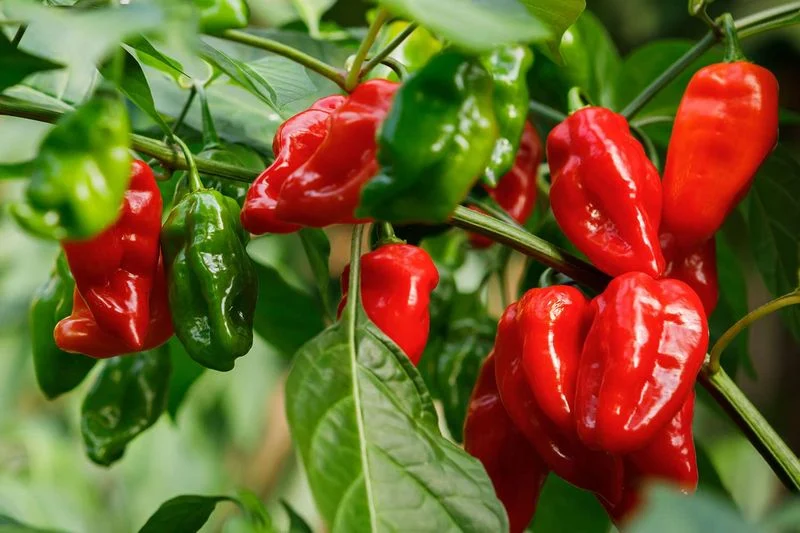
Peppers and tomatoes belong to the same plant family, Solanaceae, and share similar susceptibilities to pests and diseases. When grown together, they can easily spread issues such as blight and aphids. This close proximity can lead to a rapid outbreak, affecting your entire garden. Furthermore, both plants require similar nutrients, leading to competition that can stunt growth. For optimal results, consider planting peppers in a separate area of the garden. This separation helps in managing diseases and ensures that both crops have access to the nutrients they need to thrive without interference.
Eggplant
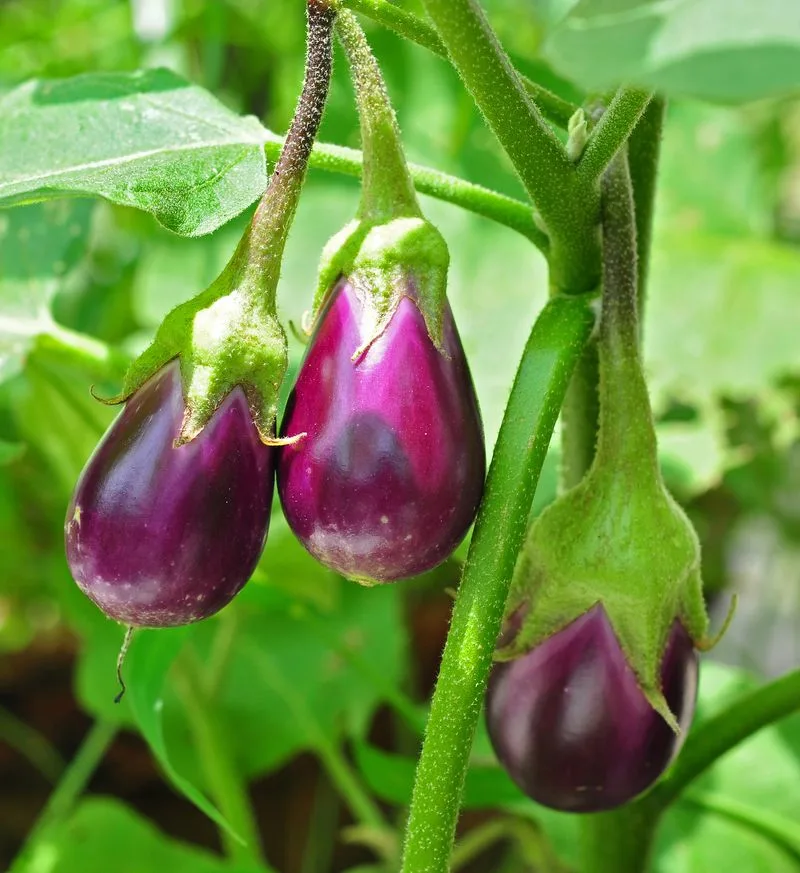
Eggplant, like tomatoes, belongs to the nightshade family and shares common pests and diseases. When planted together, the risk of spreading these issues increases significantly. The competition for nutrients can also be fierce, leading to stunted growth and reduced yields for both plants. To prevent this, it’s wise to plant eggplants in a different section of the garden. By doing so, you reduce the risk of pest and disease spread and provide each plant with the opportunity to access the nutrients they need. Keep them apart to ensure a healthier, more productive garden.
Brussels Sprouts
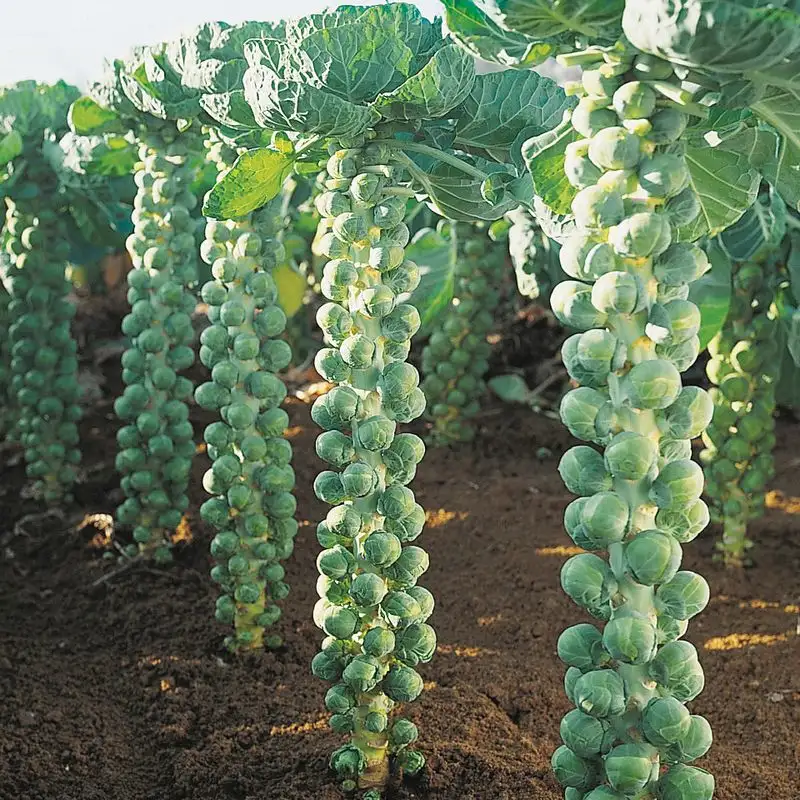
Brussels sprouts and tomatoes don’t make the best neighbors in a garden. Both plants are heavy feeders, competing for critical nutrients in the soil. This competition can lead to undernourished plants with reduced growth and yields. Brussels sprouts can also attract pests that are detrimental to tomato plants, increasing the risk of infestation. For a more successful garden, it’s advisable to plant these crops at a distance from each other. This separation ensures that both plants have sufficient access to nutrients and reduces the likelihood of pest-related issues, allowing them to flourish independently.
Kale
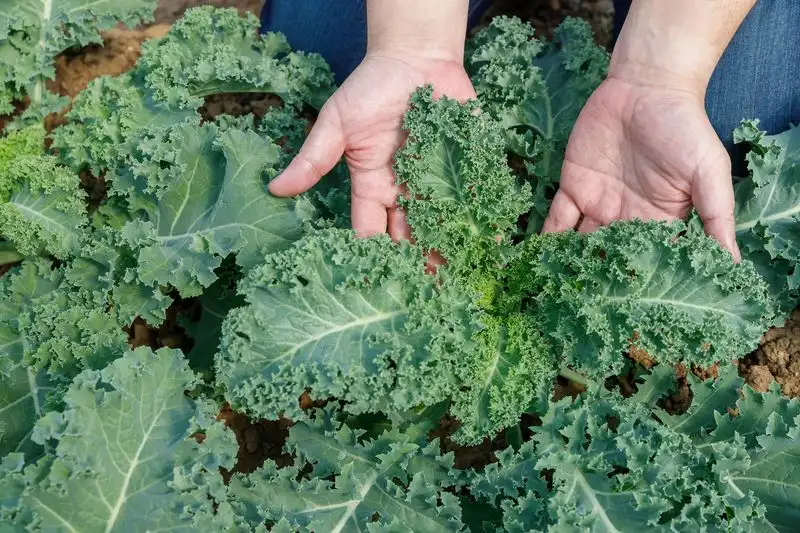
Despite its popularity as a superfood, kale isn’t a super companion for tomatoes. Both plants require similar nutrients, leading to competition that can hinder growth. Additionally, kale can attract pests such as aphids, which can easily spread to nearby tomato plants. To ensure a healthy garden, it’s best to plant kale in a separate area. This separation not only reduces nutrient competition but also helps manage pest populations. By giving these plants their own space, you promote healthier growth and a more bountiful harvest for both kale and tomatoes.
Cauliflower
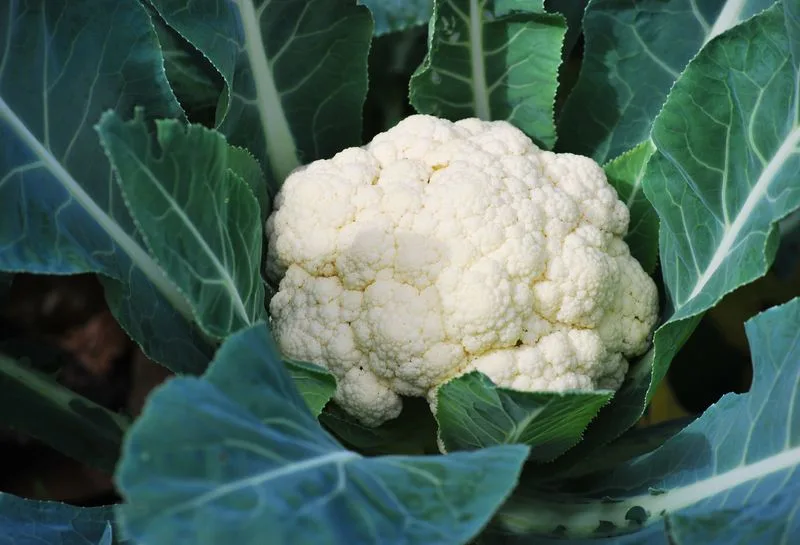
Cauliflower and tomatoes are not the best companions in a garden setting. Both require ample nutrients, which can lead to competition in crowded garden beds. This nutrient battle can result in stunted growth and lower yields. Cauliflower can also attract certain pests that are harmful to tomatoes, further complicating their coexistence. For a thriving garden, consider planting these crops apart. This strategy ensures that each plant has access to the resources it needs and minimizes the risk of pest infestations, leading to more productive and healthy garden growth overall.
Broccoli
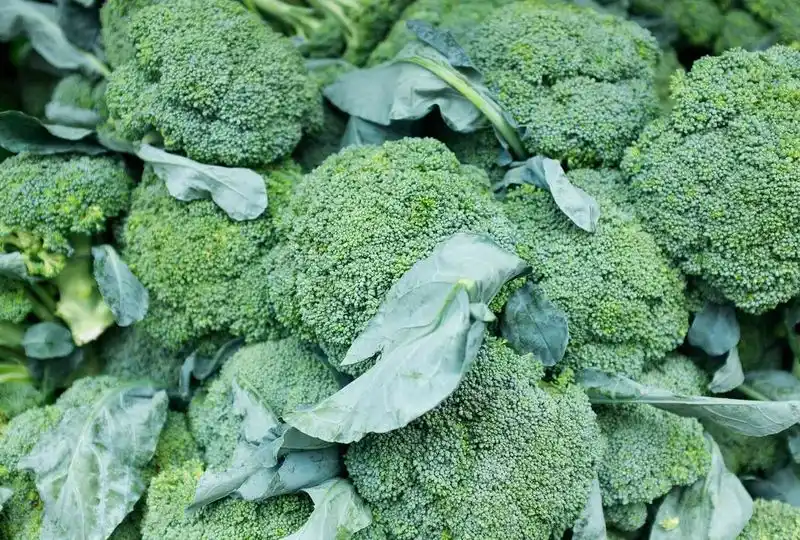
Broccoli, when grown near tomatoes, can lead to fierce competition for soil nutrients. Both plants are heavy feeders, and their close proximity can result in stunted growth and reduced yields. Additionally, broccoli can harbor pests that are harmful to tomato plants, increasing the risk of infestations. To optimize garden success, it’s best to plant broccoli at a distance from tomatoes. By doing so, you ensure that both plants have ample access to nutrients and reduce the likelihood of pest-related problems, fostering a more balanced and productive gardening environment.
Kohlrabi
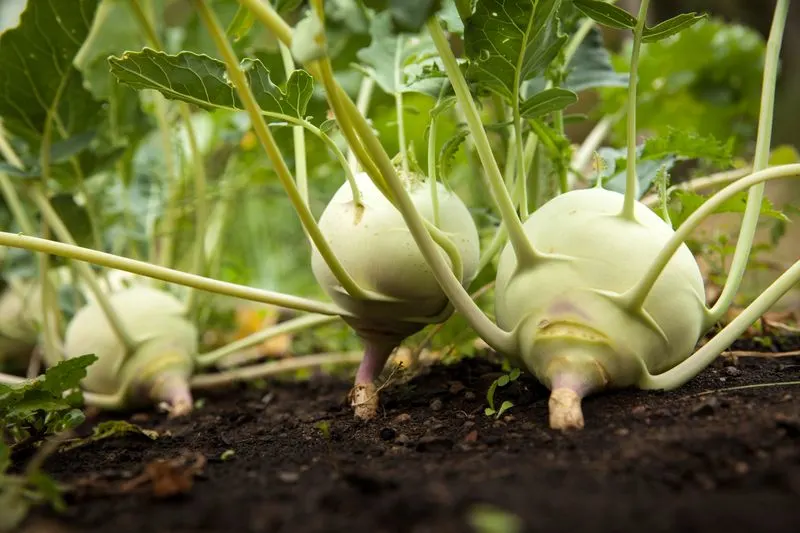
Kohlrabi, though a unique addition to any garden, doesn’t pair well with tomatoes. The two compete for essential nutrients, which can stunt growth for both. Additionally, kohlrabi can attract pests that are detrimental to tomato plants, creating additional challenges. Planting them separately can mitigate these issues. By giving each plant its own space, you reduce competition and give them a better chance to thrive. This separation helps ensure that your tomatoes grow strong and healthy, free from the pressures that kohlrabi might otherwise introduce.
Bok Choy
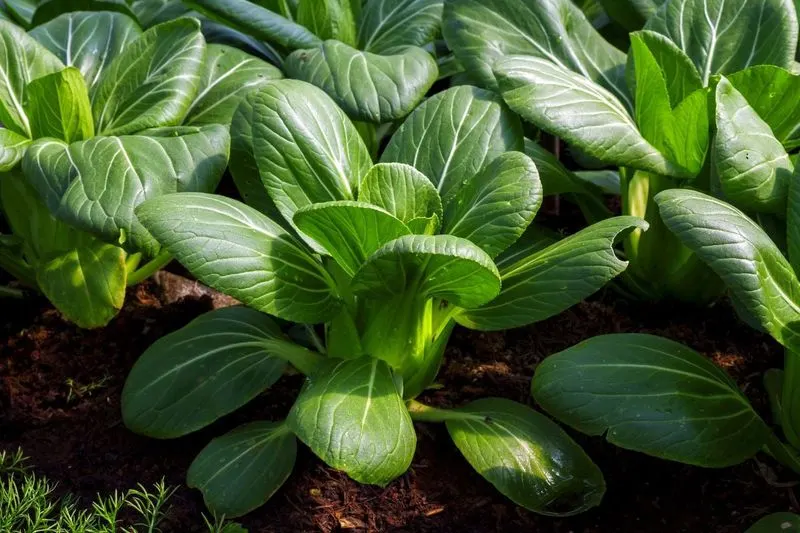
Bok Choy and tomatoes may not seem like competitors at first glance, but they both require similar nutrients, leading to potential resource battles. Bok Choy can also attract pests that easily spread to tomato plants, complicating your gardening efforts. To maintain a harmonious garden environment, it’s advisable to plant these two at a distance from each other. This spatial separation helps reduce the risk of nutrient competition and pest infestation, ensuring that both plants can grow robustly and produce abundantly, free from the other’s interference.
Apricot Trees
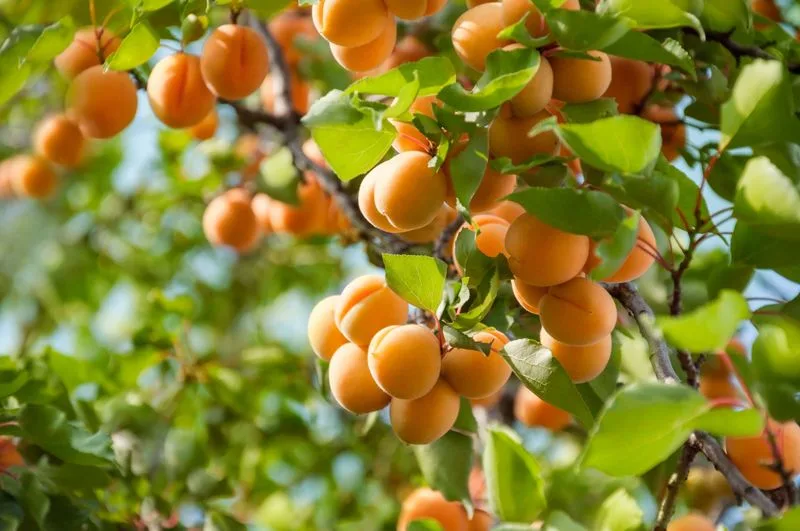
Apricot trees, while delightful for their fruit, can be troublesome neighbors for tomatoes. The trees’ roots can compete for soil nutrients, and their canopy can cast unwanted shade, depriving tomatoes of much-needed sunlight. Furthermore, apricot trees can attract certain pests that may also target tomato plants. For a successful garden, it’s ideal to plant tomatoes well away from apricot trees. This distance ensures that your tomatoes receive ample light and reduces the competition for nutrients. By keeping them apart, you can enjoy healthy, thriving tomato plants alongside your apricot harvest.
Sunflower
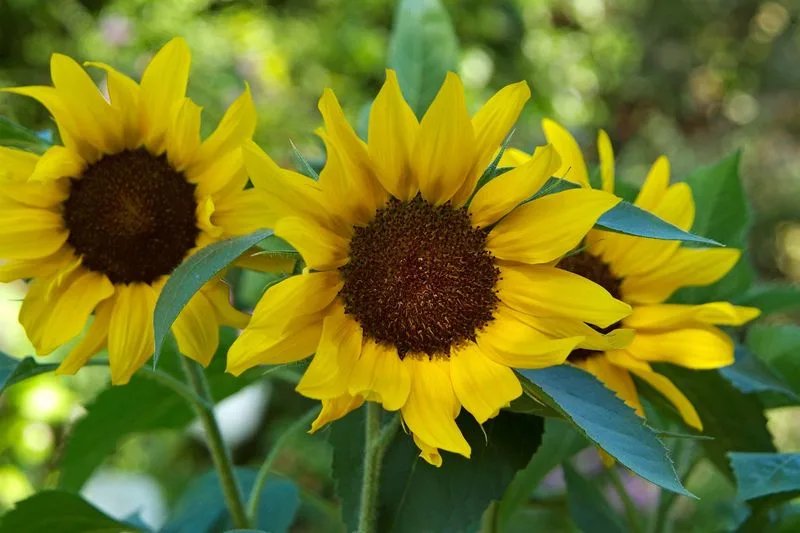
Sunflowers, with their towering heights, can overshadow tomato plants, depriving them of necessary sunlight. This lack of light can lead to weaker growth and reduced yields. Sunflowers also compete for soil nutrients, which can further hinder tomato development. For a more effective garden strategy, ensure that sunflowers and tomatoes are planted far apart. This separation allows tomatoes to bask in the sunlight they need and access the nutrients required for robust growth. By managing their placement carefully, you can enjoy both sunflowers’ beauty and a bountiful tomato harvest.
Black Walnut Trees
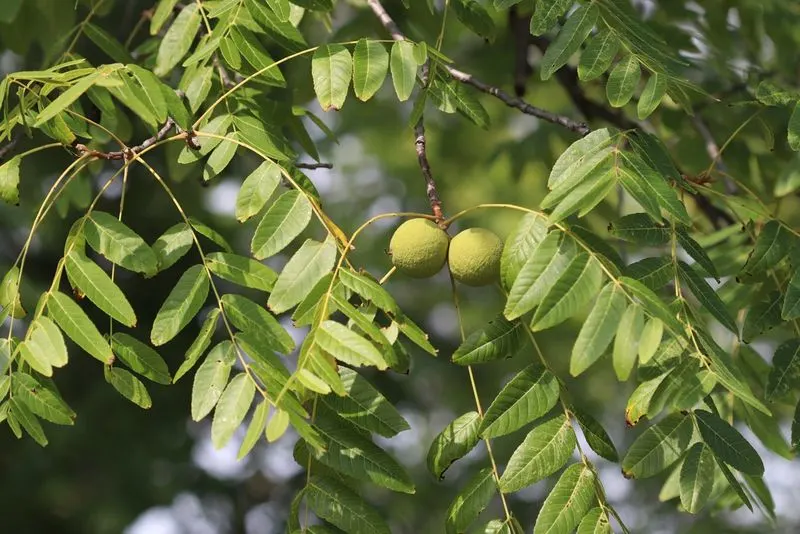
Black walnut trees are notorious for producing juglone, a chemical toxic to many plants, including tomatoes. This substance can leach into the soil, causing wilting, yellowing, and even death in tomato plants. Additionally, the shade cast by walnut trees can limit the sunlight available to tomatoes, further impacting their growth. To safeguard your garden, plant tomatoes well away from black walnut trees. This distance ensures that they are free from juglone’s harmful effects and can receive the sunlight they need. With careful planning, your tomatoes can thrive without the shadow of walnut trees.

